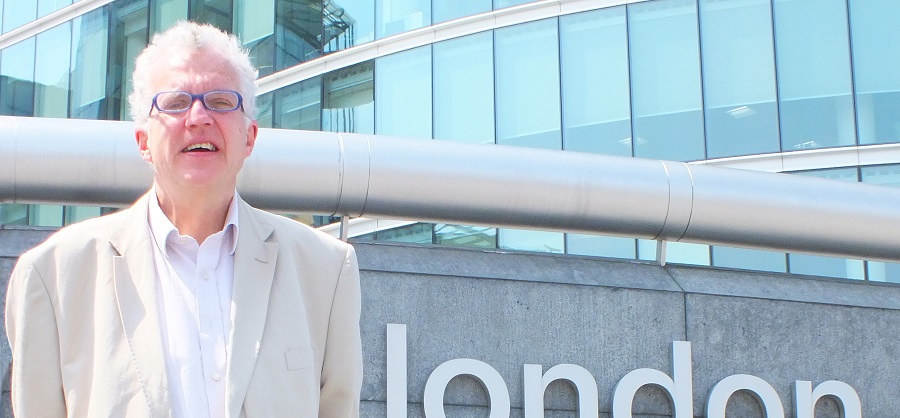Suddenly, everyone seems to be in favour of the congestion charge. Motorists have been paying a fiver for the right to drive on the streets in the centre of the capital during business hours since February 17th and the previously highly-vocal opposition seems to have melted away as fast as the winter snow.
The threatened court case by the rather ominous sounding Class Law has been abandoned, the briefly famous Miss Moneypenny has returned to her acting career and the Sod-U-Ken website has become a sad repository for the extreme elements of the motoring lobby. The Kengestion campaigners and their supporters, like the Smithfield market workers who were on TV almost every day in the run up to the introduction of the charge, have disappeared off the radar scheme. Meanwhile, businesses which make lots of deliveries in the centre of the capital like wine merchants and office suppliers are chirping publicly about saving money as their drivers can move freely around the capital and Londoners are revelling in the relaxed and less polluted atmosphere on the city’s streets. And most miraculous of all, the taxi drivers have stopped moaning.
Transport for London reports that there were 20 per cent fewer vehicles on the streets during the first month which has meant improved timings for buses. Of course we may still be in a honeymoon period and maybe many people will suddenly be happy to pay a fiver after enduring the horrors of public transport on a sticky hot summer’s day. But this is unlikely given that the Tube system has been already been particularly crowded because of the closure of the central London since the Chancery Lane accident on 25th January.
Indeed, London’s congestion charge scheme already looks like becoming the most significant event in transport policy since motor cars were allowed to dispense with a man with a red flag walking on front. Visitors from abroad have been flocking to see how the scheme works and towns and cities around Britain are now dusting off schemes which had been on hold until it was determined that the London one was a success.
The two main objections to the scheme were that it would unduly affect the poor and that public transport would not be able to cope. The first was always a thin argument given that few of the poorest people have cars and even fewer use them to drive into central London during the day. Of course, a few unlucky badly-off people will have been affected, but, on the whole, most of the 100,000 coughing up the fiver – which these days buys you barely a gallon and a half of petrol or an hour’s parking in Westminster – every day have been able to do so pretty painlessly. And they are grateful to pay because they now have access to roads which are much less congested.
As for public transport not being able to cope, that was always a fallacy. Even with, say, 30,000 extra bus and rail users every day, a high estimate, that would represent fewer than 1 per cent of public transport users who have easily been able to fit onto the existing services and the extra buses provided.
The other objection was that there would be administrative chaos. In fact, while there have inevitably been some errors, the rather simple technology of photographing number plates and comparing them with a database of who has paid has proved surprisingly effective.
As a result of London’s success, we can expect similar schemes to pop up around the country, quite possibly using much more sophisticated technology. Already, Durham has one street which is tolled and there is talk of schemes in several major cities such as Bristol, Leeds and Edinburgh as well as national parks.
The legislation which allowed Mayor Ken Livingstone to set up his scheme allows any other local authority to do so and crucially Gordon Brown has allowed them to use the extra cash to improve local transport, which makes the idea much more politically acceptable. Ultimately, road tolling could be used nationally to replace part of the petrol tax, ensuring that those who use congested roads pay much more than those driving on empty rural lanes. This could be a major boost for deprived country areas.
Outside London, though, schemes may have to be introduced more slowly to ensure that bus networks can be improved because provincial towns do not benefit from having the capital’s huge underground system. Charging areas may have to be smaller or there may have to be intermediate zones where the level of the fee is less. But with more sophisticated technology, fitting every car with a device that can deduct money automatically from a pre-paid account as is already used in Singapore, all kinds of variation are possible.
February 17th 2003 will undoubtedly prove to be a date in transport history. It marked the end of the ludicrous idea that motorists should be given free access to a very scarce resource, road space in the centre of towns. Livingstone’s courage in pushing through the idea despite widespread opposition also has implications beyond transport as it shows that old style conviction politics can be highly successful.
